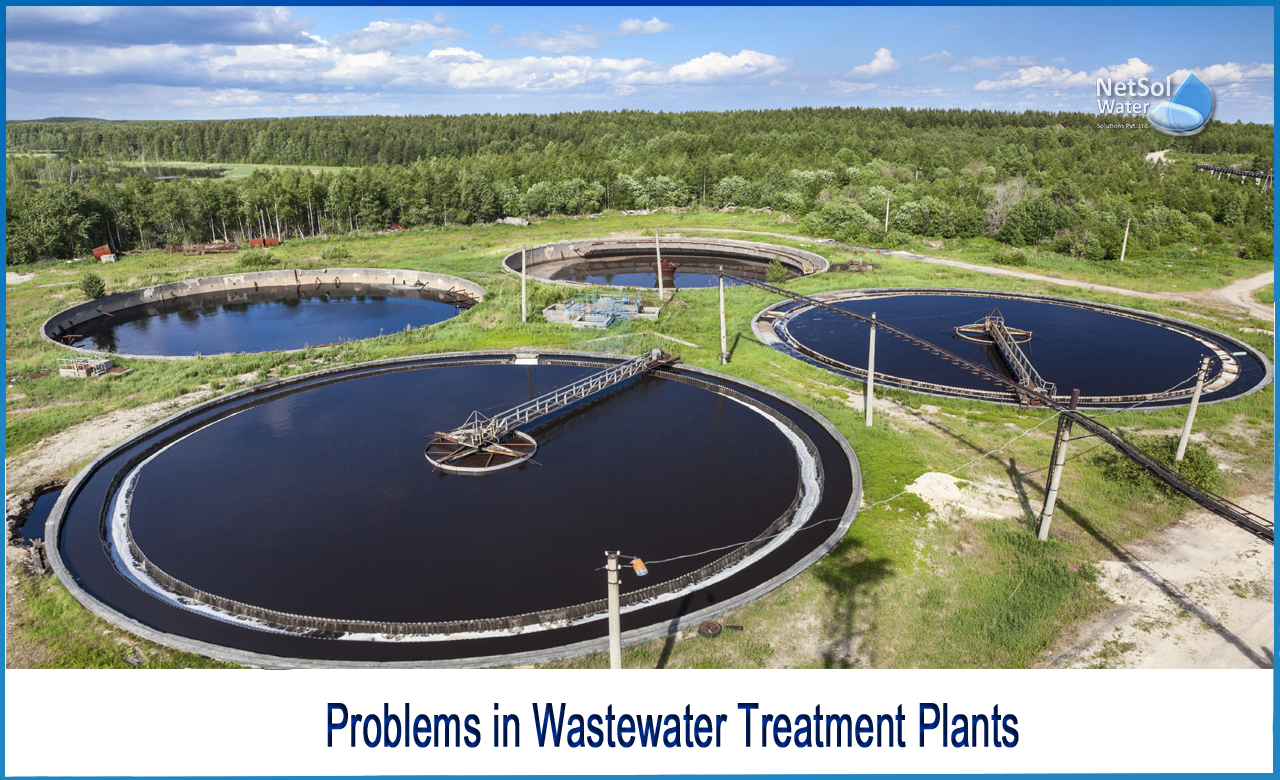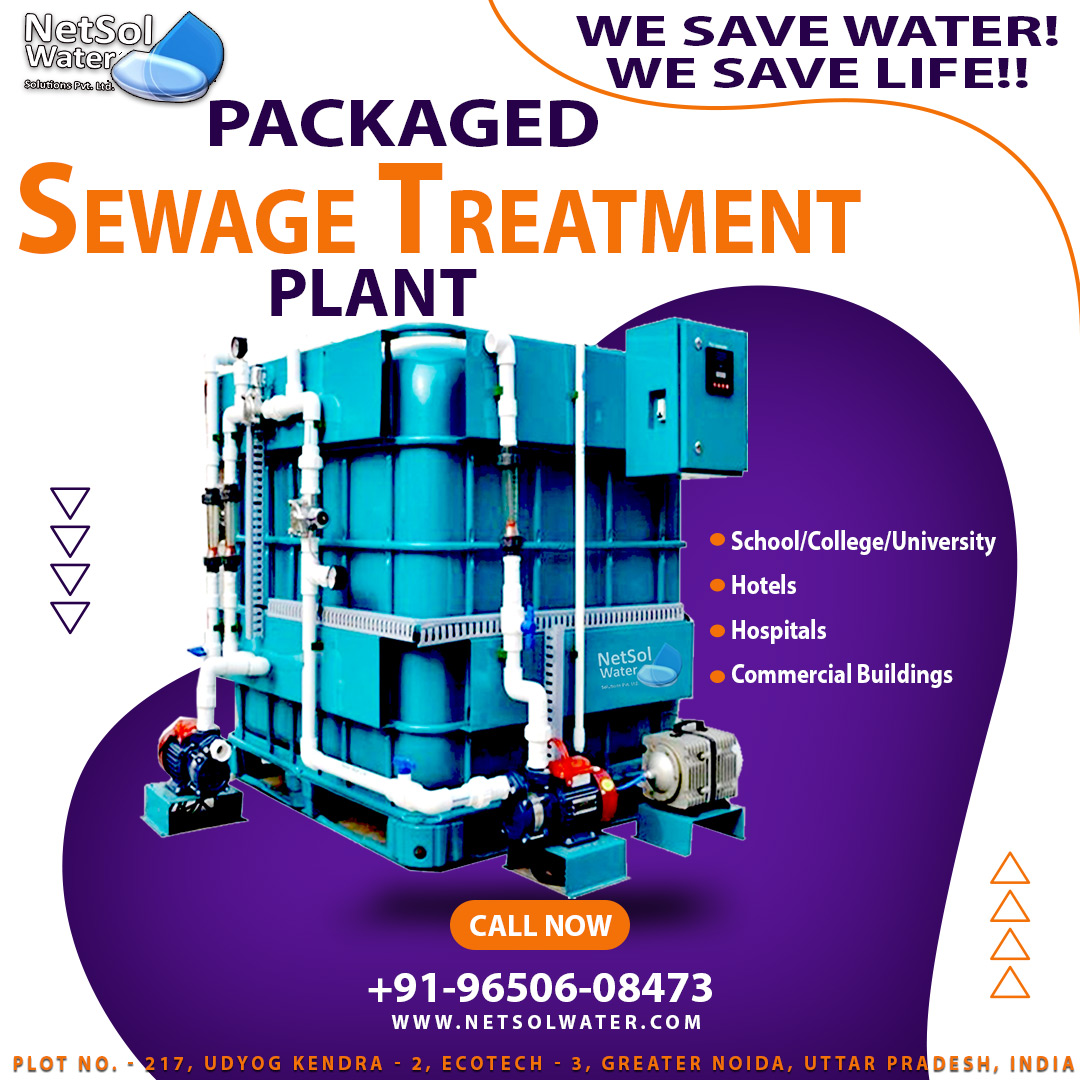What problems do wastewater treatment plants have?
Water is treated in wastewater treatment systems so that it can be safely recycled back into the environment. This does not, however, obscure the fact that wastewater treatment plants have their own set of problems. As the population rises, people are opting to live in villages and large groupings.
India has begun to create decentralised sewage treatment plants in order to handle the treatment difficulties on a larger scale. These systems are excellent because they offer an alternative to a centralised sewage treatment facility. However, the issues arise when the plant is not properly operated.
Problems in waste water treatment plants-
1: Wastewater Treatment Plant Has Odour Problems: The presence of hydrogen sulphide, organic acids, and mercaptans in wastewater treatment plants in India might cause them to stink, which encourages bacteria to reduce sulphur. H2S, or hydrogen sulphide, is a foul-smelling, colourless gas that is exceedingly corrosive. As a result, removing hydrogen sulphide gas is critical to avoid downstream device problems.
Any step could be the source of the odour. As a result, identifying the source is an extremely challenge. You could contact the plant installers who can inspect your plant for you in order to determine the source and eliminate the odour.
2: Consumption of energy: One of the most pressing concerns facing wastewater treatment plants is energy use. Every year, the process of purifying wastewater consumes between 3% and 15% of the nation's electrical power. That's a lot of processing power going towards filtration.
The good news is that Netsol is working to develop wastewater treatment systems that are both cleaner and more environmentally friendly. By integrating these greener technologies, we can reduce the amount of energy used to treat wastewater while retaining the current water treatment infrastructure.
3: Manpower Shortages: Wastewater treatment plants, like many other businesses, are experiencing a labour shortage. To successfully treat wastewater, you'll need efficient and productive personnel who are knowledgeable about the industry. Unfortunately, there aren't enough employees to go around. Automation may be a viable answer to the labour shortage. It will not only fill up the gaps in critical jobs, but it will also alleviate current employees of stress.
4: Environmental Impact: Water is filtered through wastewater treatment to make it more eco-friendly. When wastewater treatment plants treat wastewater, they have an impact on the environment. The organic detritus that has been extracted from the water must, after all, be disposed of.
Netsol has improved the way we treat water so that wastewater treatment plants have a smaller and less impactful environmental footprint. With advancements in automation and innovation, we can continue to improve on these environmentally friendly solutions to make wastewater treatment more environmentally friendly.
Failure to Meet the Total Phosphorous Goal
In India, the waste water treatment facility is utilised for the following purposes in terms of total phosphorus:
• To reduce the use of chemicals
• To reduce operational costs
• To obtain the TP licence limits
There is a certain chemical dosage that must be followed in order to eliminate or level the total phosphorous target-
1: A chemical dosing procedure is utilised to remove the Phosphorous out of the settling tank. When this happens before the biological process, in the fundamental stage, it is called pre-precipitation.
2: Chemical dosing is employed after the biological process to remove Phosphorous from final clarifiers or effluent filters, which is known as post-precipitation. The measurement should be taken between the final clarifier and the aeration tank with feedback control.
3: Simultaneous dosing happens when chemical dosage occurs both before and after the biological activity. This helps to meet phosphorus effluent limitations.
Conclusion
Aeration, which regulates the breakdown of organic pollutants, accounts for up to 60% of the energy used by wastewater treatment plants. New wastewater purification systems can save you money on energy while also reducing microbial decay.




